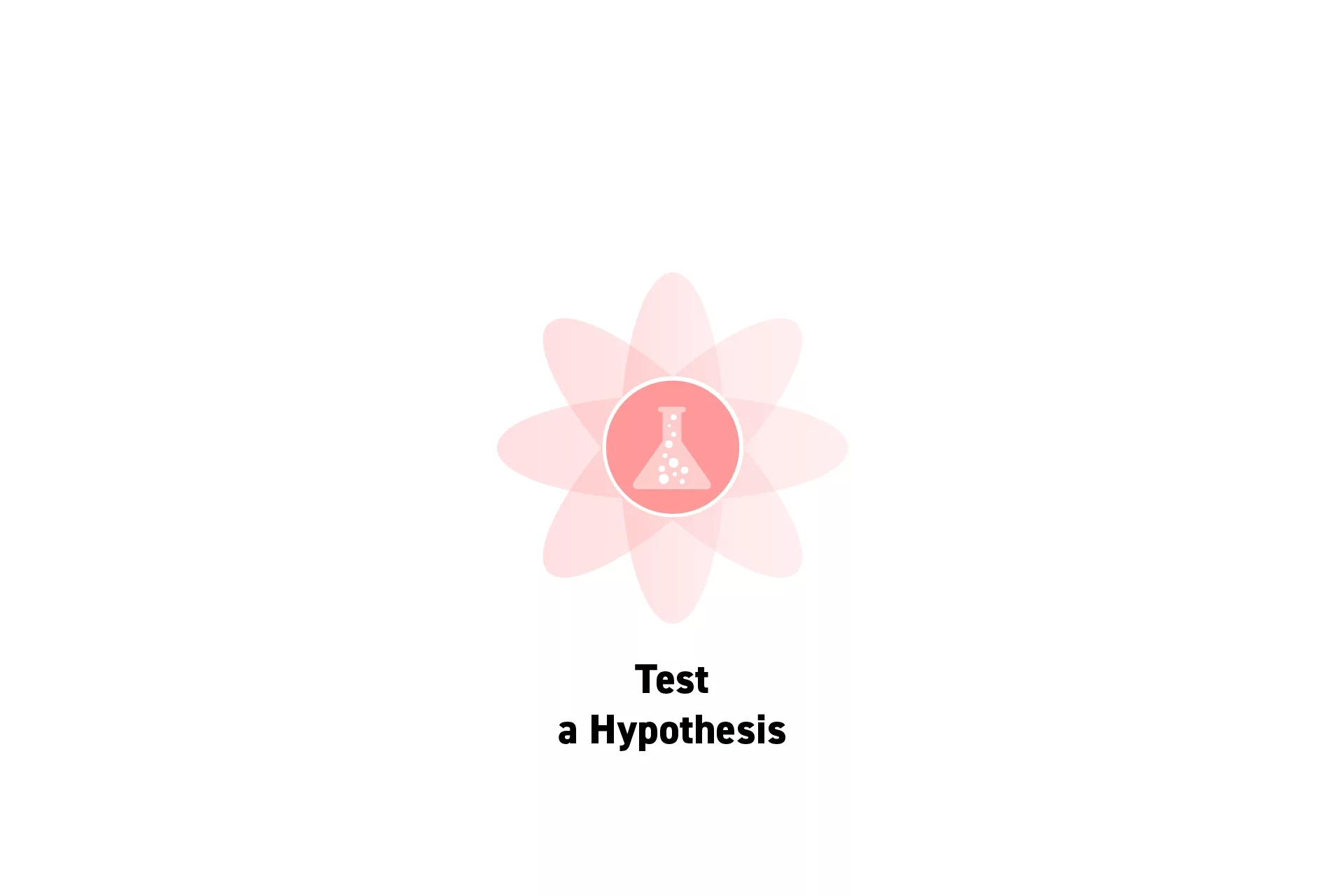How to carry out a Hypothesis Test
A four step process to defining a hypothesis and determining if you should support (i.e. accept) or reject the hypothesis.

A four step process to defining a hypothesis and determining if you should support (i.e. accept) or reject the hypothesis.
SubscribeNewcastle University: Introduction to Hypothesis Testing and Confidence Intervals (Animal Science)Step One: Define the Problem Statement
The first step of a hypothesis test is to state the null hypothesis (H0) and the alternative hypothesis (H1).
The null hypothesis (H0) is the statement or claim being made (which we are trying to disprove) and the alternative hypothesis (H1) is the hypothesis that we are trying to prove and which is accepted if we have sufficient evidence to reject the null hypothesis (H0).
Step Two: Decide the Significance Level
To decide if we have sufficient evidence against the null hypothesis (H0) to reject it (in favor of the alternative hypothesis (H1)), we must first decide upon a significance level.
The significance level is the probability of rejecting the null hypothesis (H0) when it the null hypothesis (H0) is true.
The p-value is denoted by α and the common choice for the statistical test is 5%.
Step Three: Carry out the Research
Perform user research, desk research and carry out interviews.
Remember to record your findings in ways that can be both statistically measured and synthesized into insights and other products that augment your ability to generate meaningful solutions for your target audience.
Remember that when you are collecting data, you are collecting it to be able to calculate and statistically test a p-value associated with the data.
Assuming that the null hypothesis (H0) is true, the p-value is the probability of obtaining a sample statistic equal to or more extreme than the observed test statistic.
To learn more about the products that could arise from synthesizing your research consult the link below.
Step Four: Support or Reject
Compare the p-value with the chosen significance level.
If p<α then we reject the null hypothesis (H0) and accept alternative hypothesis (H1).
The lower the p-value, the more evidence we have against the null hypothesis (H0) and so the more confidence we can have that the null hypothesis (H0) is false (i.e. that the alternative hypothesis is true).
If p≥α then we do not have sufficient evidence to reject the null hypothesis (H0) and so we must accept it.
Looking to learn more about Innovation, Project Management, Design, Technology and Strategy?
Search our blog to find educational content on innovation, project management, design, development and strategy.